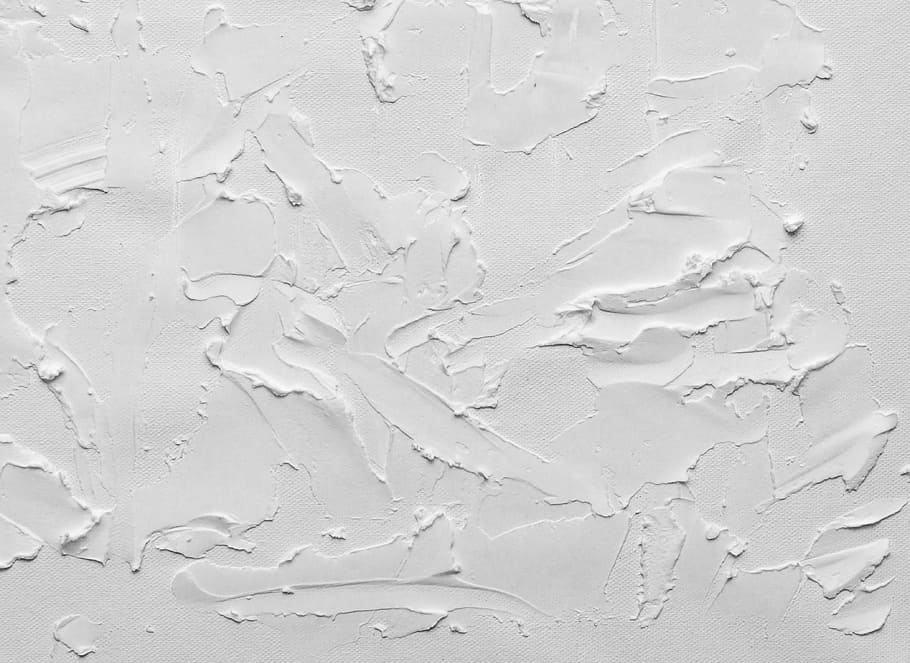Unveiling the Timeless Elegance of Venetian Plaster
Introduction
In the world of interior design, few decorative techniques possess the aura of sophistication and timeless allure quite like Venetian plaster. Originating in ancient Italy, this exquisite finishing material has continued to captivate the imaginations of designers and homeowners for centuries. With its rich history, versatile applications, and unmatched aesthetic appeal, Venetian plaster has earned its place as a hallmark of luxury and elegance in the realm of interior decor.
The Origins of Venetian Plaster
Dating back to ancient Rome, Venetian plaster, also known as “stucco Veneziano,” was born out of the need for durable and visually stunning wall finishes. However, it was during the Renaissance in Venice that this technique truly flourished. Artisans and craftsmen refined the formula and application process, transforming Venetian plaster into a symbol of opulence and refinement that adorned the walls of grand palaces, churches, and aristocratic homes.
The Art of Application
At its core, Venetian plaster is a blend of marble dust, slaked lime, and water, creating a material that becomes a workable paste once mixed. The magic, however, lies in the skilled application process. Applying Venetian plaster is an art form that demands a keen eye, a steady hand, and a deep understanding of the technique.
Artisans meticulously layer thin coats of plaster onto a prepared surface using a trowel, allowing each layer to dry and harden before applying the next. Subsequent coats are applied at different angles to create a multidimensional texture, resulting in the signature depth and luminosity that Venetian plaster is renowned for. The final step involves polishing the plaster to achieve a luxurious sheen that mimics the look of polished marble.
A Palette of Possibilities
One of the most captivating aspects of Venetian plaster is its ability to adapt to various design styles and settings. Its versatility shines through in both modern and traditional spaces, adding an air of sophistication regardless of the surroundings. From minimalist urban lofts to ornate classical interiors, Venetian plaster effortlessly bridges the gap between old-world charm and contemporary elegance.
Furthermore, Venetian plaster is not limited to neutral tones. While the classic shades of creamy whites and warm beiges remain popular, modern formulations and techniques have opened the door to a broader spectrum of colors. From soft pastels to bold jewel tones, designers can now tailor Venetian plaster to suit their creative visions.
Timeless Appeal and Durability
In a world of fleeting trends, Venetian plaster stands as a testament to the enduring power of true craftsmanship and aesthetic beauty. Its distinctive texture and subtle variations in color create an organic, inviting atmosphere that is hard to replicate with other materials. Additionally, its durability and resistance to wear make it a wise investment for both residential and commercial spaces.
Maintenance and Care
Maintaining Venetian plaster is surprisingly straightforward. Regular dusting and occasional wiping with a damp cloth will help preserve its luster. If minor scratches or blemishes appear over time, they can often be repaired by re-polishing the affected area, which further demonstrates the material’s longevity and versatility.
Conclusion
In the realm of interior design, few materials can evoke a sense of timelessness and luxury like Venetian plaster. With its origins rooted in centuries of craftsmanship and refinement, this ancient technique continues to cast its spell on those who appreciate the interplay of texture, color, and light. Whether adorning the walls of a modern penthouse or a traditional villa, Venetian plaster remains a steadfast symbol of elegance that transcends eras and styles.
